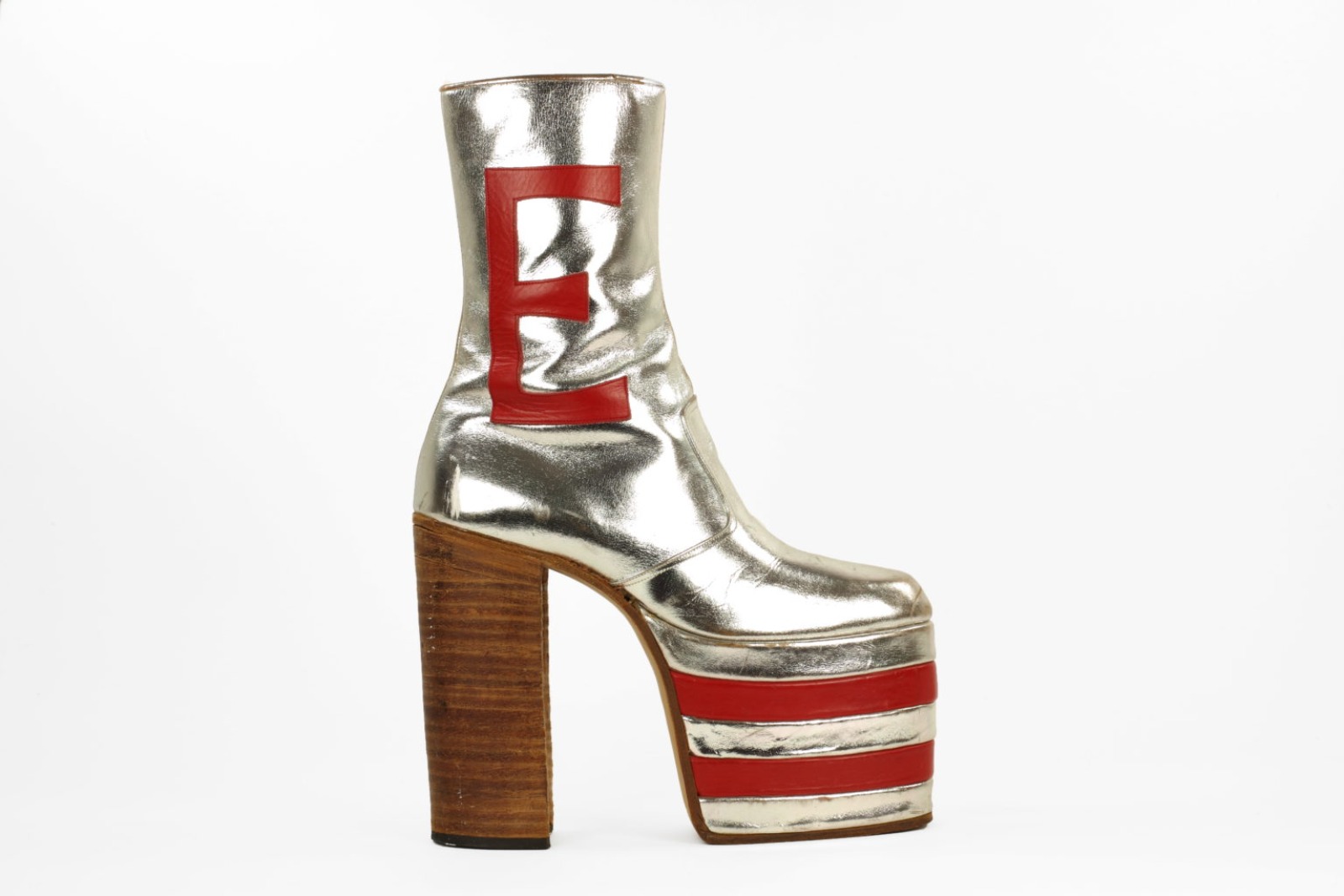
The Bata Shoe Museum turns 25
By Jordan Z. Adler
In 1995, the idea of a museum devoted to shoes may have seemed like a curio, a space more oriented to shoppers wandering in off Bloor Street in Toronto’s downtown, instead of culture and history buffs. However, 25 years later, the Bata Shoe Museum remains in step with many of the city’s premiere arts institutions.
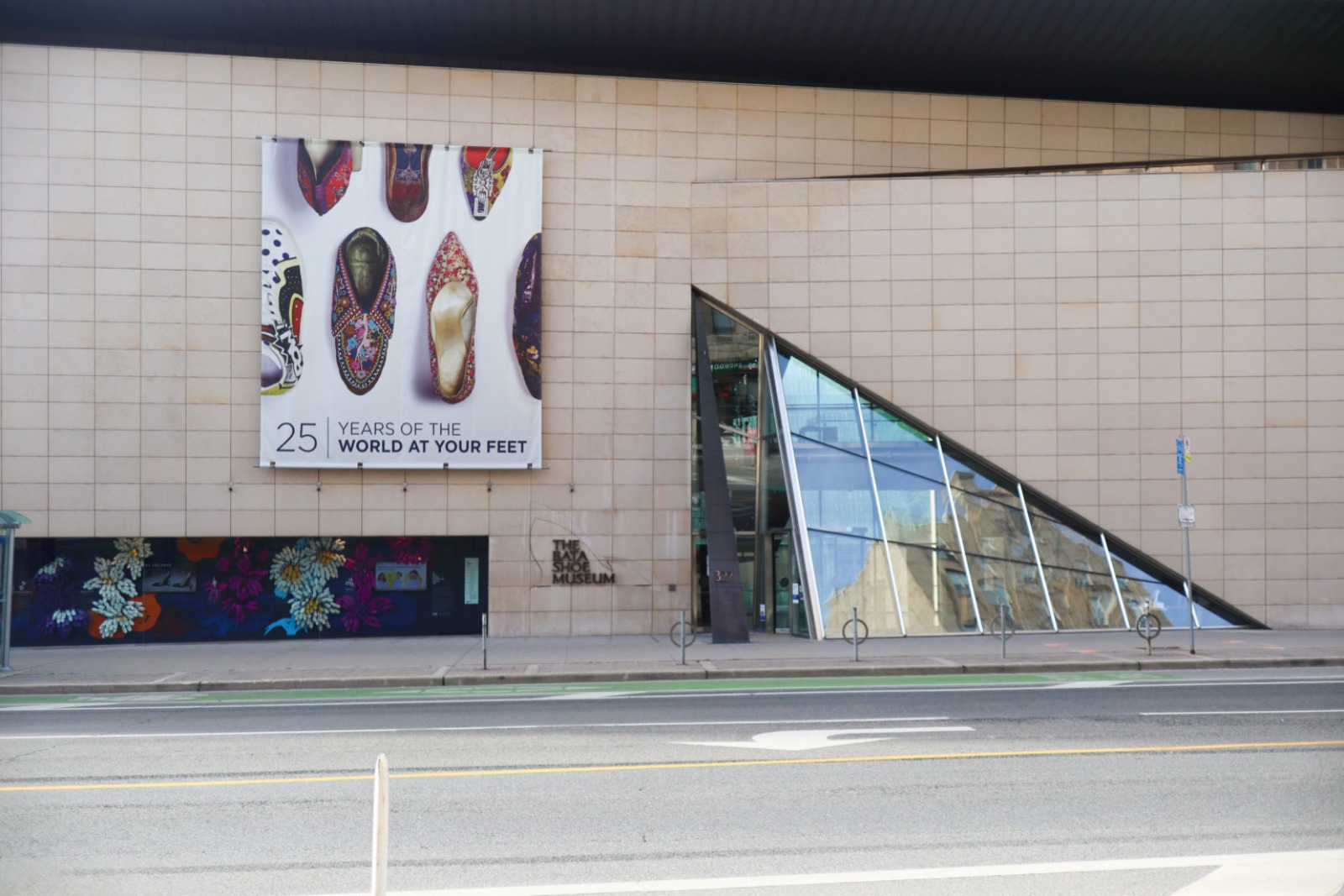
“People might imagine that it’s a niche museum because it’s focused on footwear,” says Elizabeth Semmelhack, the museum’s creative director and senior curator. “But… there’s no end to using shoes as an entry point into larger cultural questions.”
Having put its best foot forward, it remains North America’s lone shoe-specialized museum. In May 2020, the Bata Shoe Museum marked 25 years serving Toronto’s well-heeled. The anniversary was mostly quiet, with the museum’s doors shut due to the COVID-19 pandemic. Meanwhile, the milestone was without the museum’s founder and namesake, Sonja Bata, who died in February 2018.
For decades, Sonja was one of the world’s foremost shoe collectors. Before the age of 20, she married Thomas Bata, the heir of a world-famous shoe manufacturer and retailer. Alongside her partner in life and business, she treasured the opportunity to acquire rare and unusual shoes during her travels with Bata Shoes. Much of Sonja’s collection, amassed over several decades, is now either on display or kept in storage at the museum that brandishes the Bata name.
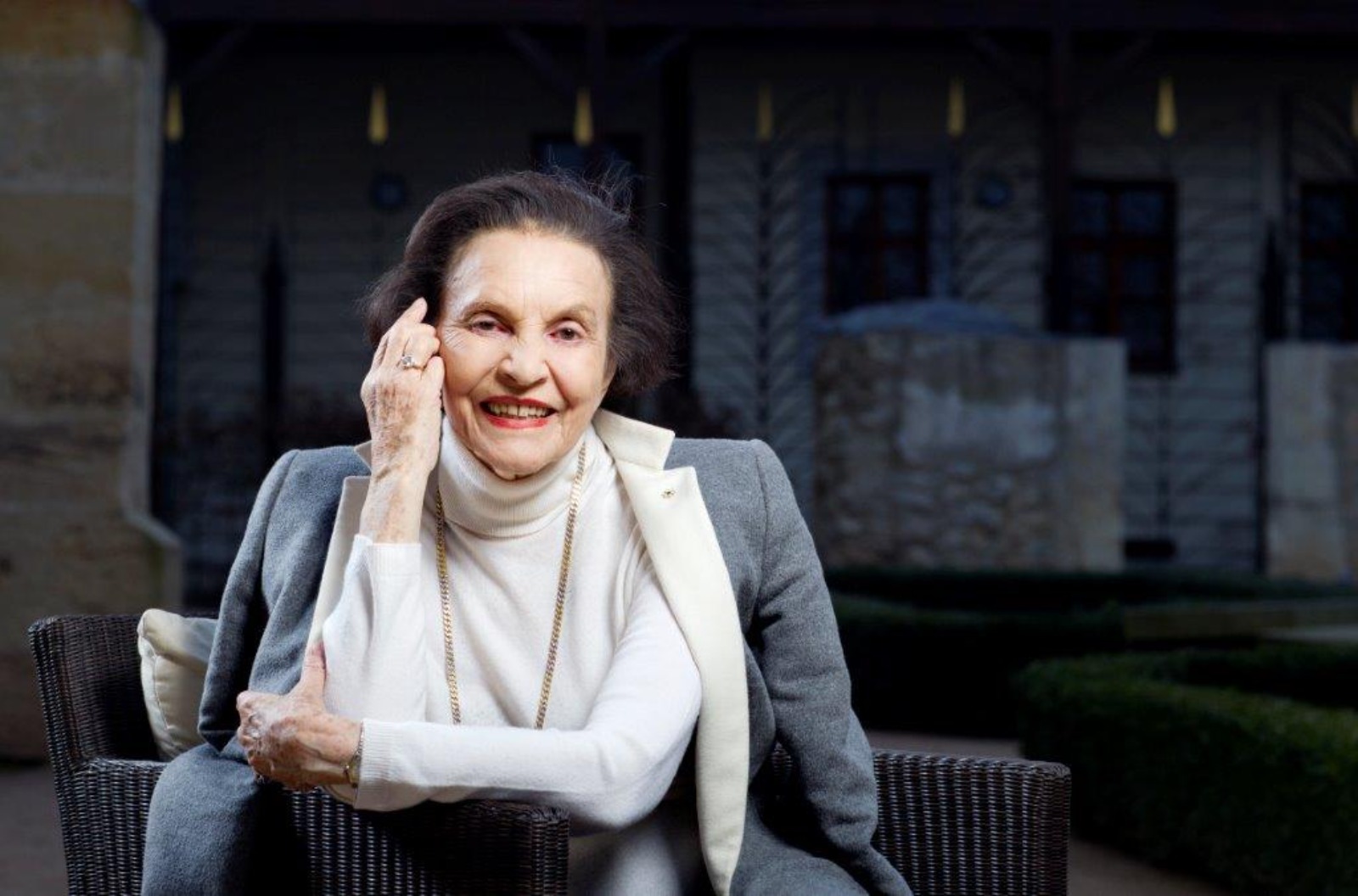
Shoes delighted and entranced Sonja. But it was the life around the objects – the cultures that produced and wore them, the imperfections and touches each pair contains – that most fascinated her. It was that attention to detail that made an imprint on the senior curator.
“It is amazing to be a part of a museum that had a collector so open to a wide range of objects,” Semmelhack says. “She was very good at focusing in on stitches and the way the sole had been put onto the shoe. She taught me how to see very closely when looking at shoes, to assess how they had been worn, how they’d been repaired, where were they possibly manufactured. I became better at seeing them too.”
Part of Sonja’s urge to collect was to help the company’s designers learn traditional techniques for making shoes; they could use models from a variety of styles and cultures. Sonja was also interested in research, hoping to excavate histories of indigenous peoples – from North America, Europe, and Asia – and discover more about their processes of shoemaking.
She was still acquiring footwear in the months leading up to her death at age 91. The last procured pair: heeled women’s shoes, made with green and red fabric, which dated back to the 18th century.
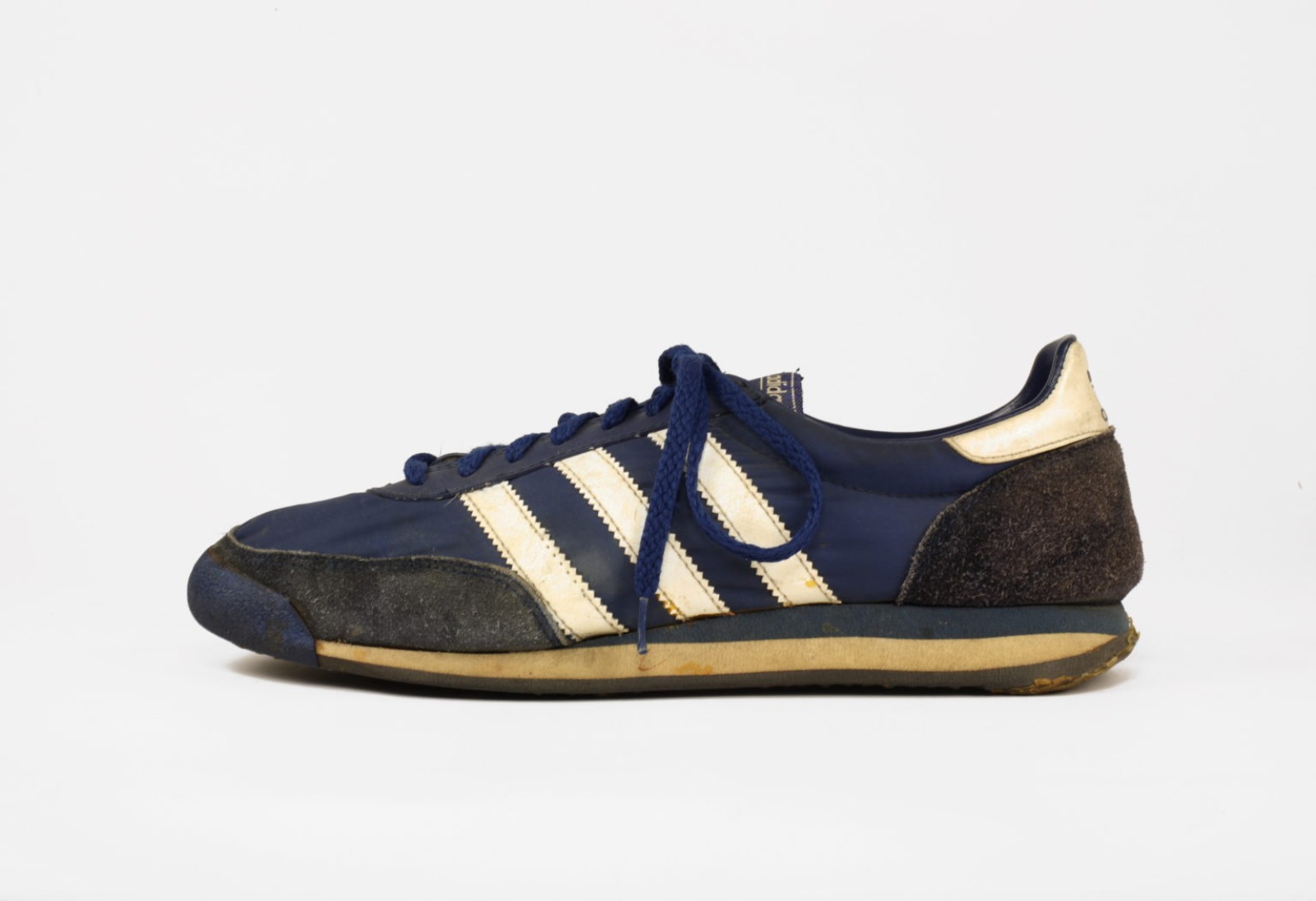
Several of the nearly 15,000 objects in the museum come from Sonja’s sprawling collection. Among the prized shoes on display are those worn by celebrities: Terry Fox’s Adidas runners, Elton John’s glittery platform boots, Queen Victoria’s silk satin slippers. Other artifacts include a pair of wooden sandals, stemming from ancient Egypt, which is also the museum’s oldest possession. A regal, red velvet chopine – the dazzling platform shoe from the Italian Renaissance period – is another striking piece.
It is those high-heeled objects that have continued to fascinate Semmelhack. When she joined as a curator in 2000, her first exhibition was about the history of the high heel. Questions surrounding those shoes, such as their modern appeal for women after centuries of being worn by men, continue to intrigue her.
“I’ve been working on the history of the high heel since the day I got hired,” says Semmelhack, who has traced the shoes’ roots back to 10th-century Persia.
“I was getting a little frustrated with the ‘Shoe-aholic’ discussions, these ideas that women couldn’t control themselves around shoe buying. Then I thought, how interesting that the same conversation isn’t being held around sneaker collecting.”
These discussions about shoes and gender are rare among historians, as shoes have elided the kind of serious academic research that greets other museum-ready artifacts.
Since opening in 1995, the space keeps expanding its permanent collection, acquiring shoes through auction, personal donations, or even those who walk in off the street. Among the biggest finds are items belonging to ordinary Canadians, like boots or sandals hanging around an attic.
Semmelhack says that when she was installing her first exhibition, a person approached the front desk with an item they wanted her to see. “They had a pair of World War II shoes in high fashion, made out of non-rationed materials. They’d been purchased by an American soldier for his Canadian girlfriend to give her a little bit of Parisian fashion. They told this really interesting story.”
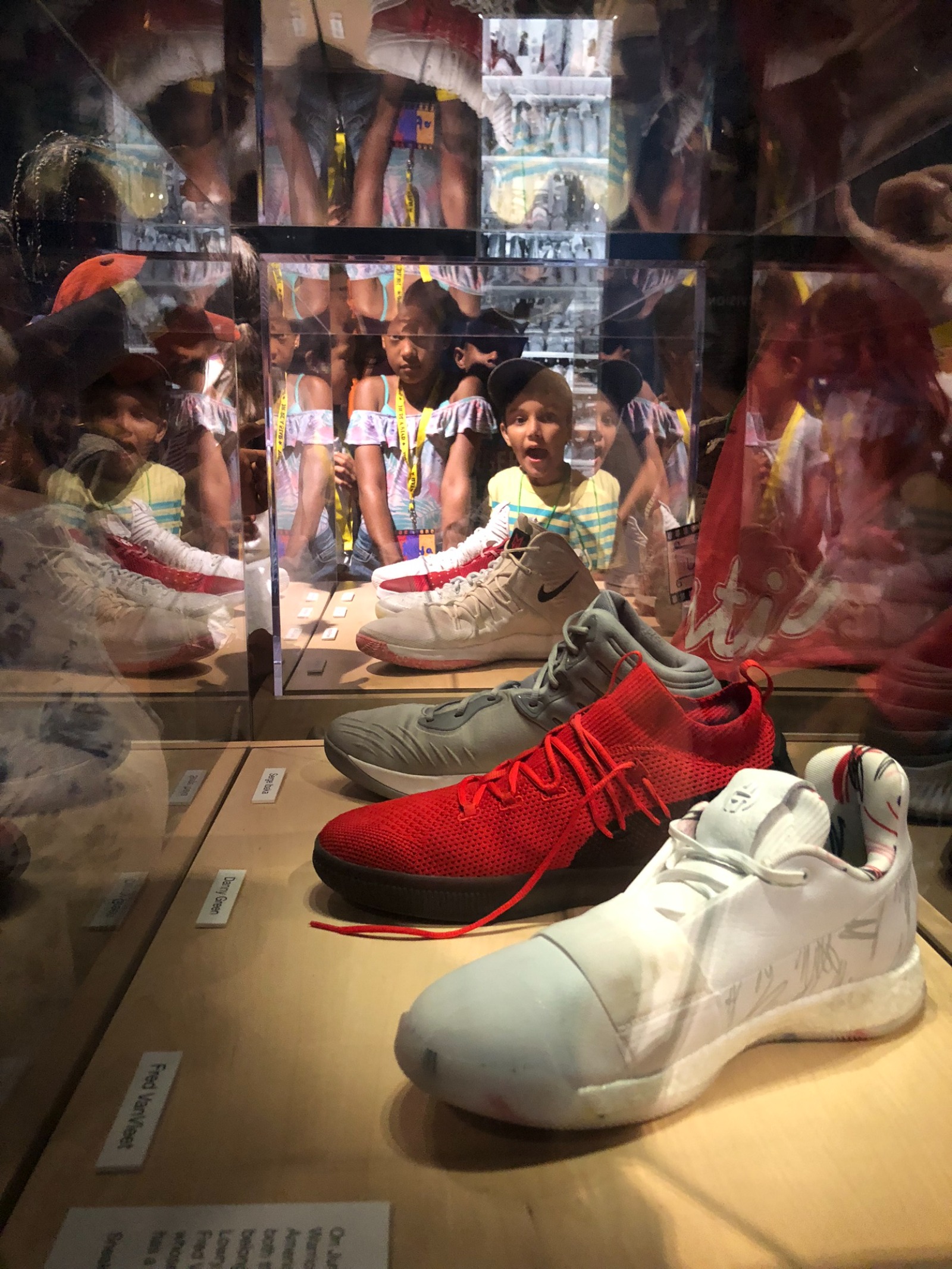
Aside from the entrances to history these shoes provide, the museum remains a place where mass-produced objects share shelf space with one-of-a-kind creations. One of the museum’s most attended exhibitions (from 2013) was about sneaker culture. It attracted a demographic too seldom seen in the museum – young men – and its popularity led to a tour in the United States and Australia.
Sneakers proved to be a big draw again in summer 2019, when several Toronto Raptors players donated shoes they had worn during the NBA playoffs to the museum. After the exclusive summer exhibition, the champions’ footwear was auctioned off.
These showcases reveal the curator’s drive to find a greater diversity of men’s shoes. Nevertheless, the museum’s archives, which span more than 4,000 years, are continually expanding to suit the times.
“There is something about seeing footwear from the past, and knowing that they had been embodied,” Semmelhack says. “It’s a very visceral and I think poignant way of collapsing distance and history, between us and the past.”
While the museum re-opened in July (in a modified, health-conscious state), it strives to remain resonant. When protests against police brutality in the United States and Canada seized the cultural zeitgeist, curators were left to grapple with how to address inequity in spaces that privilege certain objects and experiences.
With footwear being significant articles for BIPOC (Black, Indigenous, and people of colour) communities, the museum is well-suited to use shoes as cultural symbols. A place with an idiosyncratic approach to history – viewing it, literally, at ground level – has the potential to add to conversations about racism and inequality, according to Semmelhack.
“What does historically get preserved…tends to reflect only a very small part of the story of who wore them, [a small part of] humanity,” she says. “We tend to save the objects of the upper classes. Hopefully we can also push the envelope and broaden what it is we collect and the stories that we can tell through footwear.”
These wearable objects are not just wonders of artistry and craftsmanship. They are objects tied specifically to world history, as well as social and technological change. “I still have more questions than ever about what shoes can tell us,” Semmelhack says.

The Bata Shoe Museum kicked off its 25th anniversary in August with The Great Divide: Footwear in the Age of Enlightenment. Featuring 18th century artefacts from the permanent collection, the exhibition highlights complex stories about privilege, oppression, danger, desire, revolution and resistance that are as relevant today as they were 300 years ago. For more information, visit batashoemuseum.ca

